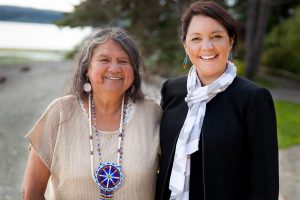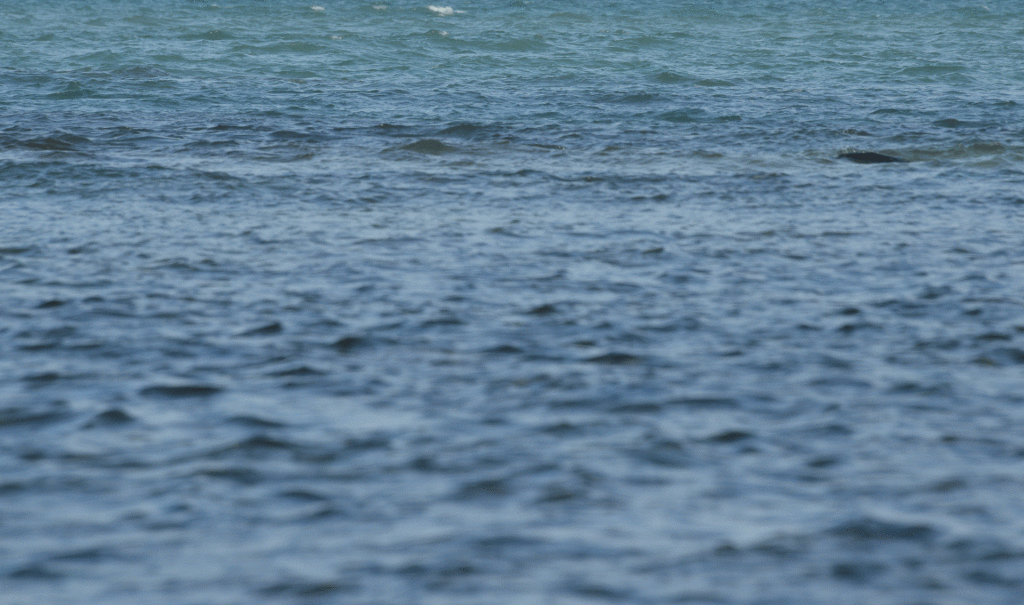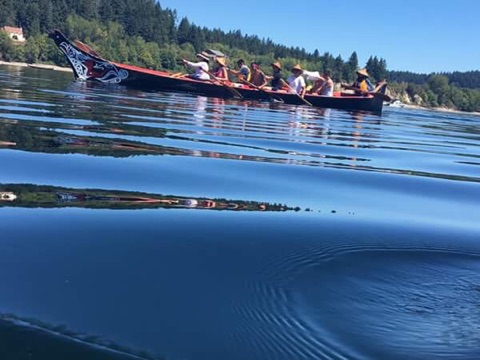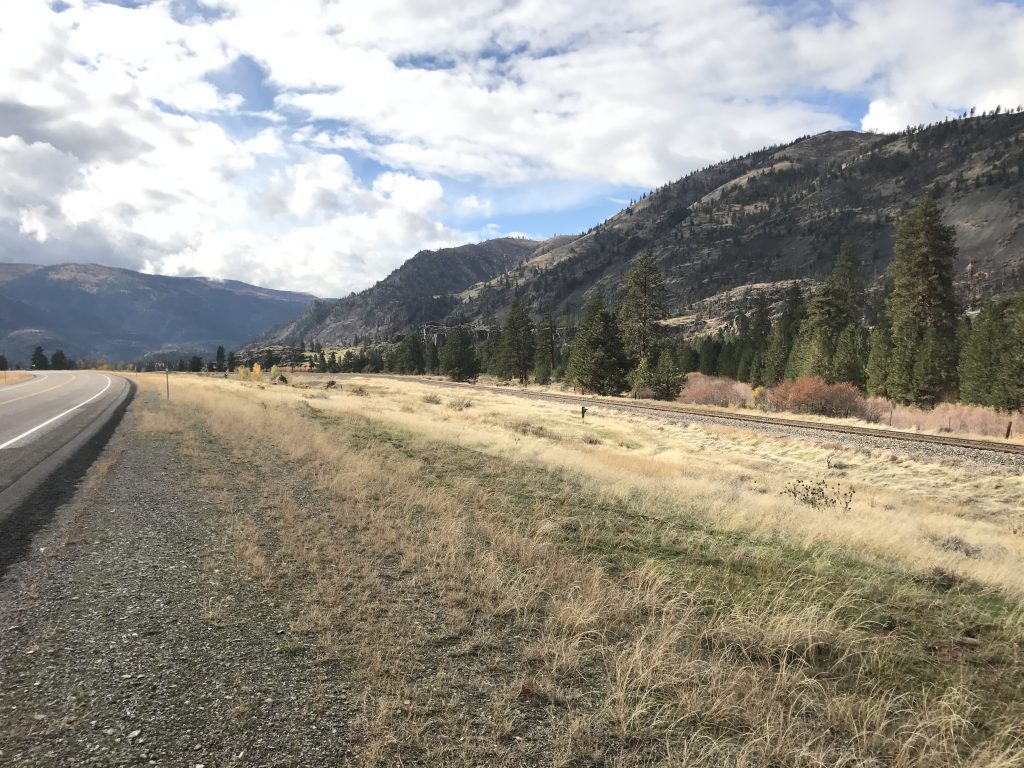News & Events
July 26, 2017
Partner Spotlight: Yakama Nation Community Wellness Coalition
Since its beginning, IWRI has been dedicated to working in partnership with local tribal communities. One early and continuing partnership came about in 2008 when Yakama tribal women and the director of the Indian Education program of the Toppenish School District reached out to the Indigenous Wellness Research Institute (IWRI) to assist with the tribal communities’ grant and research plans.

The first meeting took place at a restaurant located near the University of Washington. Dr. Cynthia Pearson, IWRI faculty, and Patsy Whitefoot, director of Indian Education for the Toppenish School District on the Yakama reservation, were introduced by former IWRI Outreach Director Polly Olsen. Both Olsen and Whitefoot are enrolled Yakama (Whitefoot was profiled in 2013 in IWRI News).
The first meeting offered a time and opportunity for the prospective partners to get to know one another. The discussion centered around who each person was, their personal story, and what brought each to this table. As is customary, small gifts were exchanged as a token of respect and a means of honoring the formation of the new relationship.
The idea for forming a partnership between the community and an academic research institute such as IWRI came about when Yakama community members identified several social and behavioral health concerns for which they sought assistance in collecting data and obtaining funding. Following the initial meeting near the university, Dr. Pearson was invited to the community. On a monthly basis, Ms. Whitefoot hosted an informal meeting attended by tribal and community leaders to discuss possible interventions for the tribe. Approximately 20 people attended the initial meeting between IWRI and the community. The meeting included the Director of the local Department of Social and Health Services office, tribal housing authority representatives, Indian Education Directors from neighboring school districts, school counselors, tribal community volunteers, and parents. Each person was given the time to introduce themselves, to share their personal stories, their role in the community and their professional position. They also shared what social behavioral concern they most wanted to address in their community.

Left to Right: Patsy Whitefoot, MA and Annie Belcourt, PhD
Toward the end of the first meeting, the community identified a specific grant and invited the academic researcher to co-write an application. However, the deadline was just a month away and the group decided to wait a year to apply to this particular opportunity. In the meantime, Cynthia Pearson continued to attend the monthly community meetings. Over time, the partnership developed templates for research protocol, data sharing and publication agreements, and discussed the difference between program and research grants. Open discussions were held about what the community and academic research needed to maintain the relationship. This formative period, without the pressure of grant deadlines, provided the opportunity to have in-depth discussion and to strengthen the partnership.
During the first year, the partnership applied for and received a small $20,000 Native American Center of Excellence (NACE) grant. At the end of the year, the partnership applied for and received the grant that they had discussed in the first meeting, a Substance Abuse and Mental Health Services Administration’s Drug Free Community (DFC) grant. Funding for the DFC grant went directly to the community, and a subcontract to the academic partner provided the required program evaluation support. The Drug Free Community funding created the Community Wellness Coalition and formalized the monthly meetings. In turn, the Coalition selected 15 women to serve on the Community Research Committee (CRC) to guide the development and implementation of the research project. This group of women was composed of community leaders, cultural and language teachers, Elders, providers, and young women (17-19 years) all of whom shared a dedication to promoting wellness among women across the reservation.
 The partnership between IWRI and the Community Wellness Coalition continues to this day. IWRI research partner Cynthia Pearson notes that, “The Coalition is thriving: It writes its own grants and is involved in research with other institutions.” Pearson puts the success of the Coalition down to the fact that, despite the fact that it draws people from many departments and backgrounds, “we all have the same goal of promoting community wellness by using the community’s own traditional, strength-based approaches.”
The partnership between IWRI and the Community Wellness Coalition continues to this day. IWRI research partner Cynthia Pearson notes that, “The Coalition is thriving: It writes its own grants and is involved in research with other institutions.” Pearson puts the success of the Coalition down to the fact that, despite the fact that it draws people from many departments and backgrounds, “we all have the same goal of promoting community wellness by using the community’s own traditional, strength-based approaches.”
When asked what she likes about working with the Yakama Nation, Cynthia said, “I love the sharing of information that occurs when we work together. And, I am really humbled and impressed by the dedication, commitment, and the drive of the community in working to ensure their own wellness. It truly is a blessing to serve.”




